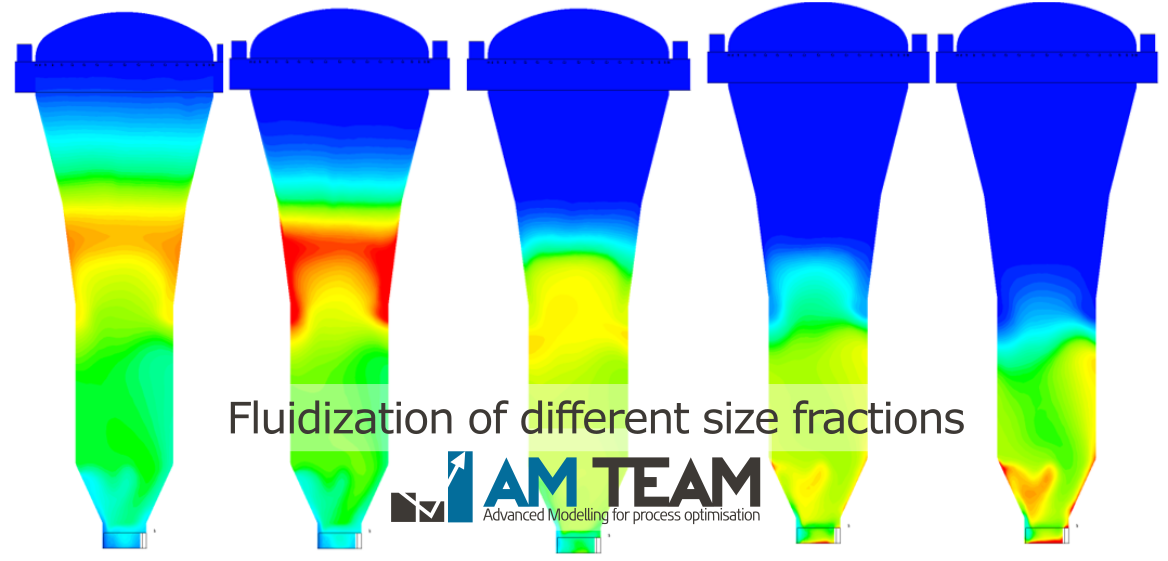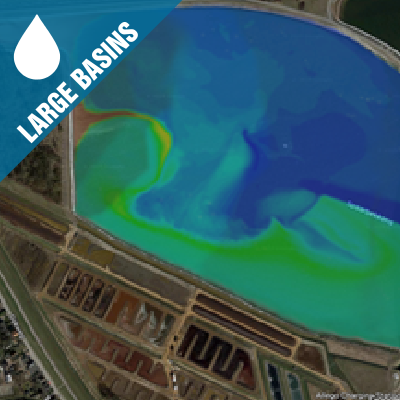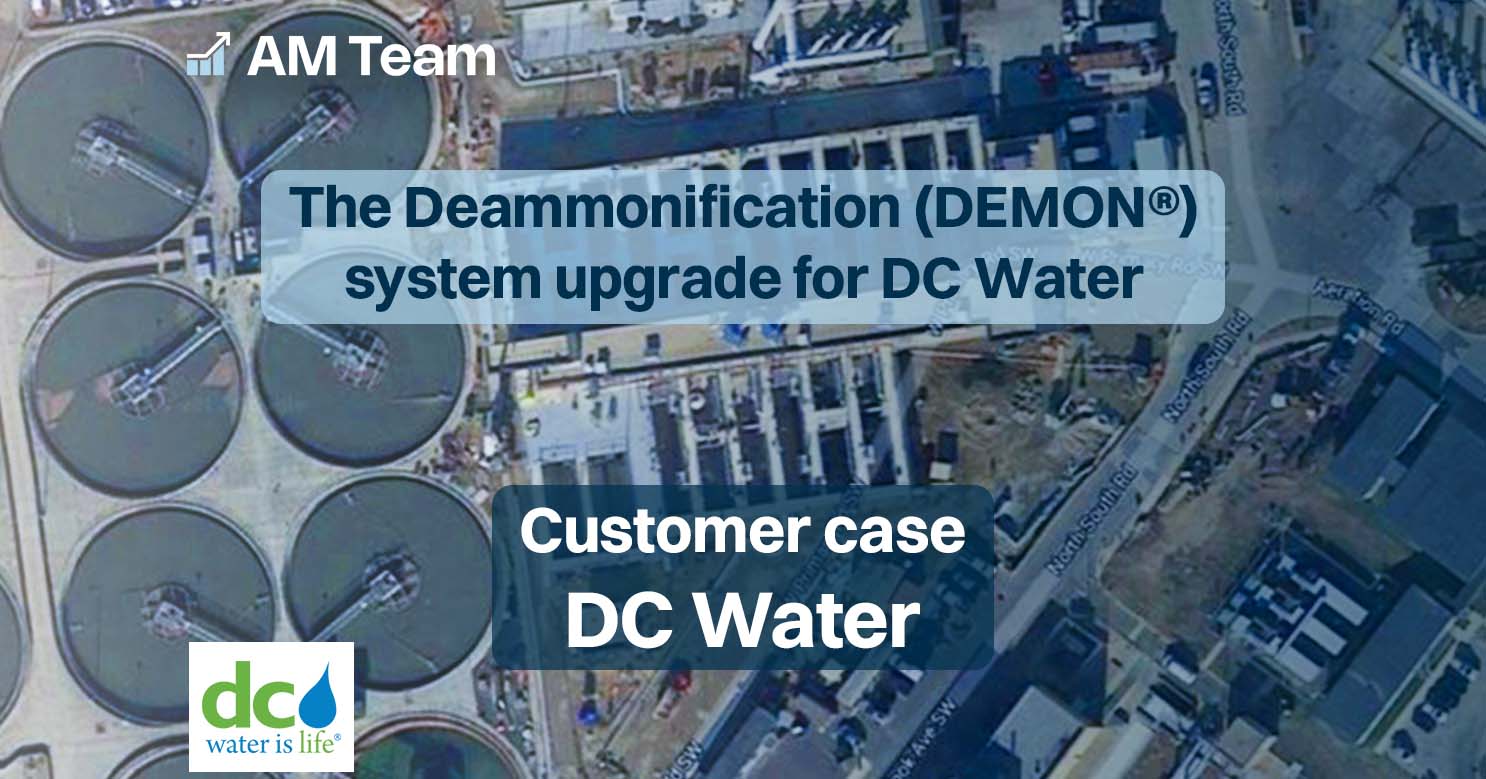Optimal design of pellet softening reactors
Optimal design of pellet softening reactors using computational fluid dynamics (CFD). Optimal CaOH (calcium hydroxide; lime) dosing. Equal fluidization. Smaller reactor size, optimal pellet size distribution, avoid shortcircuiting.
Client:
Solutions:
No items found.
Location:
Date:

How the optimal pellet softening reactor looks like
Pellet softening is a well established process for the softening of drinking water. However, an optimal reactor has the following properties:
- Wash out of (fine) pellets is prevented
- Lime dosed at the bottom is optimally mixed in the lower part
- Pellet fluidization is homogeneous, with no shortcircuiting through the bed
- Reactor height is kept minimal
Together with the large Dutch drinking water company Vitens we are defining the optimal design of pellet softening reactors.

A very realistic full-scale 3D model
We use so-called 'multiphase CFD', realistically accounting for both water and pellets (solids). Different pellet classes with different sizes and densities were added to the model and fluidization of each class could be assessed.



No items found.
No items found.
No items found.
Suggested Projects
View all projects


No items found.
Subscribe to our newsletter








